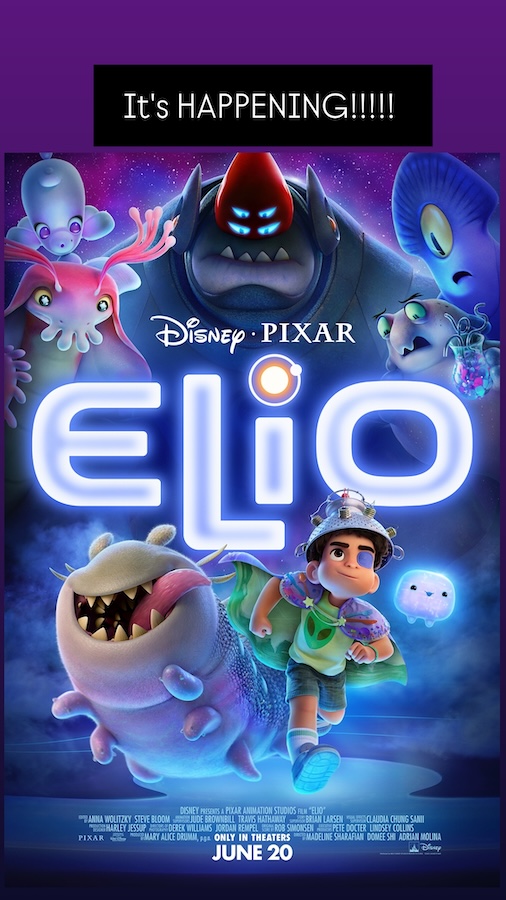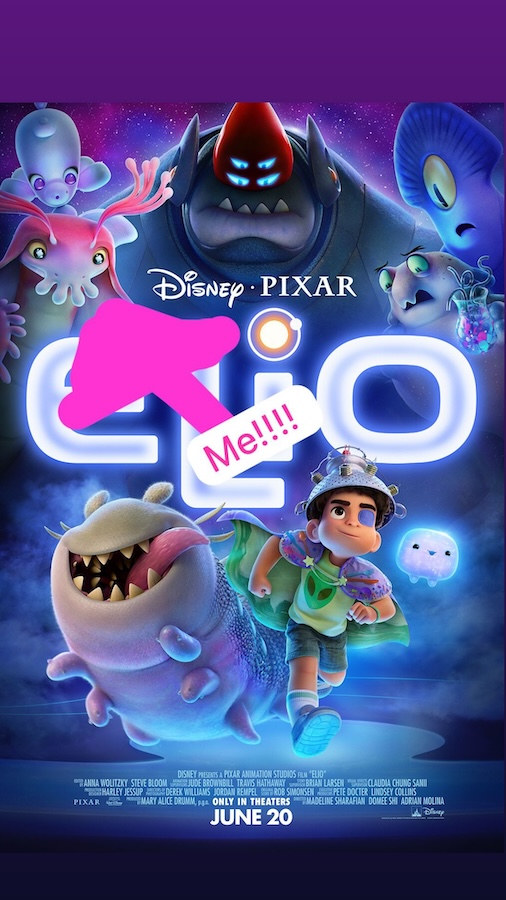RIYADH: Hanging at the Diriyah Contemporary Art Biennale in Riyadh is a large canvas titled “Alwasm,” a 2023 painting by Saudi artist Alia Ahmad. It’s an instant showstopper. Guests on the opening night of the event, which runs until May 24, gathered around the painting, which was inspired by Wadi Hanifah in the Najd region of Riyadh, which is where the biennale is being staged. Commissioned for the event, the painting’s alluring warm tones and lively hues capture the titular period between October and December when the weather becomes cooler and there is respite from the arid desert heat.
Ahmad is on a roll. Since graduating from London’s Royal College of Art with a Master’s in 2020, the 28-year-old Riyadh-based painter has staged several solo exhibitions in her home country and has increasingly garnered international attention for her abstract expressionist canvases that depict the natural and urban landscape of her home country. Ahmad says she considers paintings “social spaces” as well as “blueprints.”

Alia Ahmad's 'Malga—The Place In Which We Gather,' which sold for $128,786 at auction this year. (Courtesy of Phillips)
“These paintings represent my version of the landscape,” Ahmad tells Arab News. “They include elements that may be references to birds or various color palettes that aren’t necessarily found in the landscape, but that represent how I view it. I’m addicted to incorporating my imagination.”
The desert landscape, she stresses, “is not necessarily dry or empty. It has so much more.” And that is what she captures in the lush, lyrical brushstrokes of her abstract works, which are filled with references to local culture. “The traditional Arab bedouin dress is filled with color. As are the tents,” she says. “Women here have traditionally embellished their gowns. Where does this sense of vibrant creativity come from? The color and playfulness we imbue our traditional dress and items with comes from the landscape.”
Ahmad recently staged her first solo exhibition in Europe. “Terhal Gheim (The Voyage of the Clouds)” runs at White Cube in Paris until May 18.
On March 7 this year she sold her first work at auction at the Phillips 20th Century & Contemporary Art sale in London. Her painting “Malga — The Place in Which We Gather” sold for four times its estimate, bringing in a remarkable £101,600 (roughly SAR475,825).

Ahmad's works on display in London's Albion Juene Gallery. (Gilbert McCarragher)
And on May 2, another solo exhibition — “Thought to Image” — opened in London at Albion Jeune. Running until June 12, the show presents Ahmad’s alluring abstract landscapes, inspired by the hues of traditional textiles created by Sadu weavers of Bedouin tribes and the Arabic calligraphic script known as khatt.
“Much of my inspiration comes from textiles,” she explains. “At one point I was obsessed with making collages and with buying pieces of fabric.”
She also used to draw stick-figure cartoons as a child, she adds. Those amateur drawings were works in progress — an aspect Ahmad continues to enjoy in her practice. “I loved the idea of having a drawing in progress to then fill in the blanks of what the character might look like later,” she says.
Ahmad’s paintings today are an amalgamation of various aspects of her homeland — its rich natural environment from the desert to the lush palm trees and other vegetation, local dress, jewelry and animals. She brings all of them together to depict in colorful abstract forms the richness of Saudi heritage, particularly that of her home region of Najd.
Her works, as international gallerists and collectors have found, are rife with specific local details that connect in some way with people across the world, even if only by piquing their curiosity about a country that has only recently really opened up to visitors.
Ultimately, Ahmad’s paintings serve as a unique reference point during a time of monumental social and economic change in the Kingdom, revealing and documenting a moment of both transformation and a desire to retain and promote Saudi’s rich heritage.
Her imaginary landscapes also include flattened perspectives, nods to her previous training in digital culture at King's College London. They reflect the futuristic visages of the modern world coupled with the beauty of the undulating curves of the desert landscape and the colorful attributes of Arabian culture.
Each painting takes the viewer on a voyage into a vibrant abstract world that echoes aspects of everyday reality.
As Ahmad puts it: “They are all playful paintings and I make sure that each work and each show I stage retains that aspect of curiosity.”


























